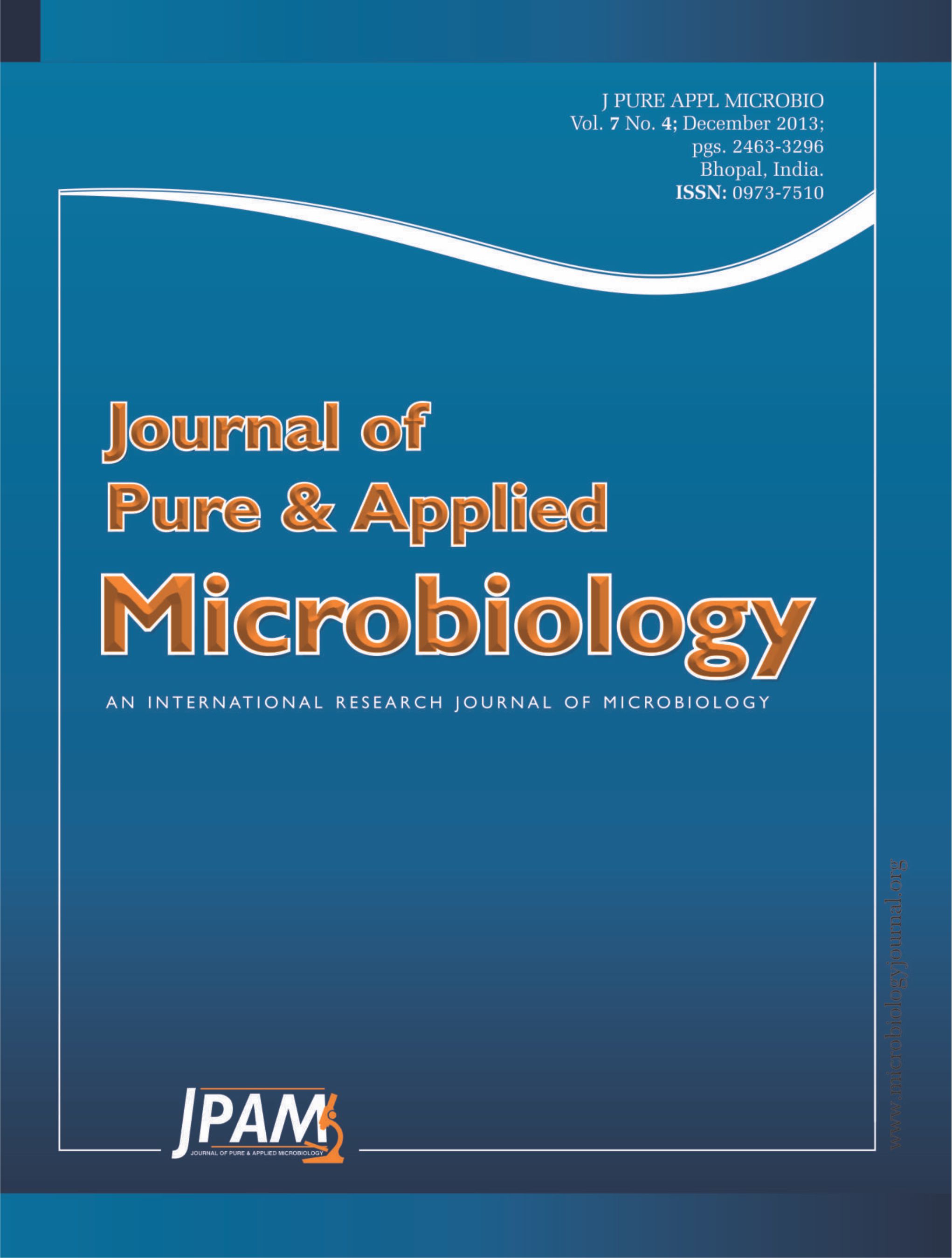Tannery effluents are of large-scale environmental concern because they colour and diminish the quality of water bodies and create adverse effects. The present study deals with isolation, identification and characterization of fungi isolated from tannery effluents collected from Ambur in Tamilnadu, India. Samples were studied from the period of April 2011 to March 2012 to know the occurrence and distribution of fungi. On serial dilution, it was found that a total of 21 fungal species belonging to 9 different genera were isolated. The collected data were subjected to statistical analysis like Standard error, ANOVA and species diversity index. Among the genera, Aspergillus was represented by 7 species followed by Penicillium with 6 species. The fungus, Penicillium purpurescens (644 CFU/ml), Aspergillus japonicas (461 CFU/ml), Gliocladium roseum (397 CFU/ml) and Aspergillus flavus (280 CFU/ml) showed their dominance. The average CFU/ml, percentage contribution and isolation frequency were calculated. Further, the fungal species like Aspergillus flavus, A. japonicus, A. niger, Paecilomyces variotii and Penicillium citrinum were selected based on their prevalent and dominant to study their Chromium adsorption ability. The order of adsorption showed, Penicillium citrinum > Paecilomyces variotii >A. japonicus > A. niger > A. flavus.
Tannery effluent, Paecilomyces, Penicillium, Aspergillus, ANOVA, Shannon index, Chromium
© The Author(s) 2013. Open Access. This article is distributed under the terms of the Creative Commons Attribution 4.0 International License which permits unrestricted use, sharing, distribution, and reproduction in any medium, provided you give appropriate credit to the original author(s) and the source, provide a link to the Creative Commons license, and indicate if changes were made.


